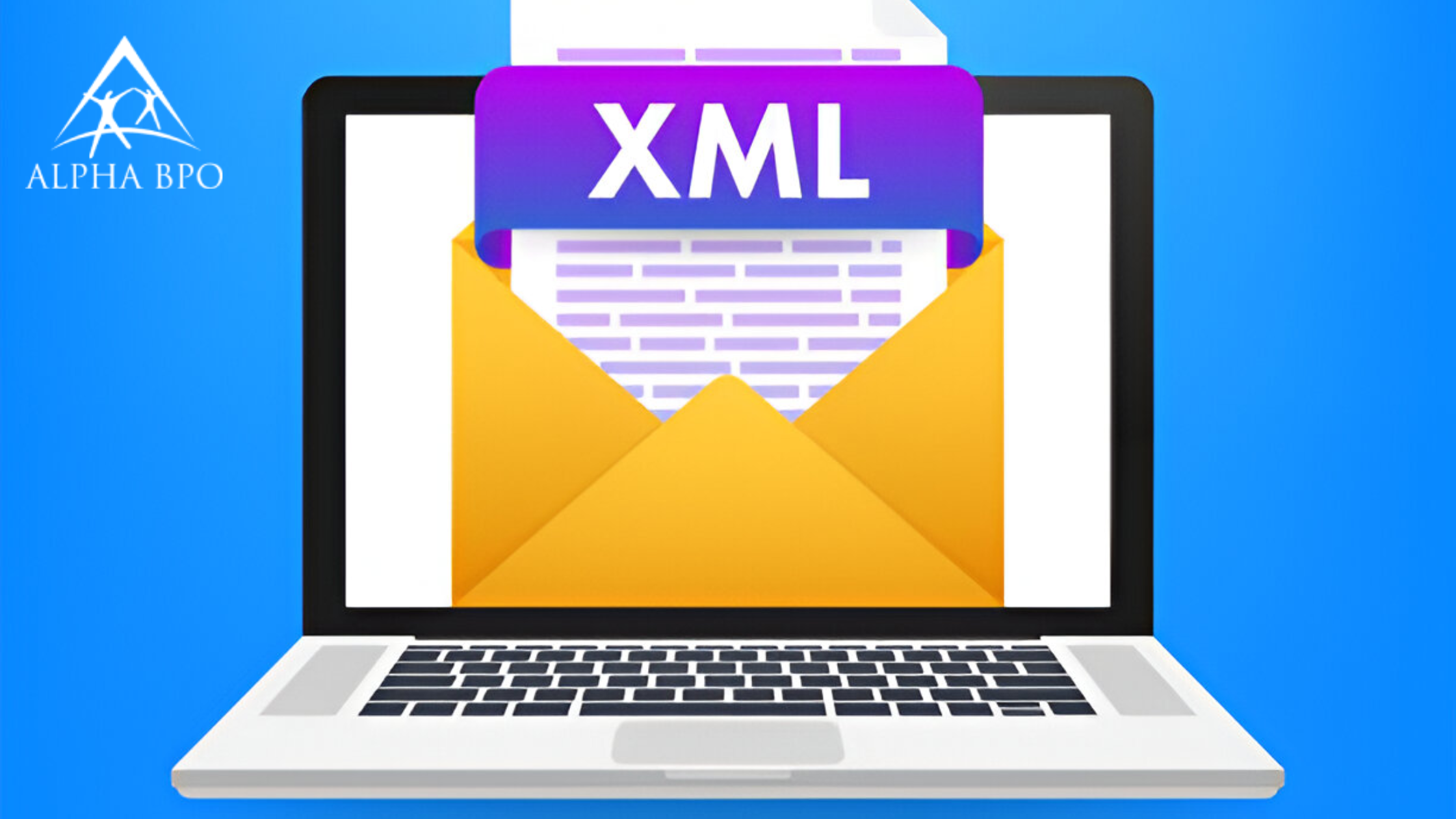How to Convert Standard XML to Customized XML in 5 Stages

Strong 8k brings an ultra-HD IPTV experience to your living room and your pocket.
Working with XML can be tricky, especially when the data is not in the format you need. Whether you are dealing with complex structures or trying to fit XML into a tabular or relational system, a one-size-fits-all approach rarely works. That is where customized XML conversion services matter.
In this post, we will walk through five practical ways to transform standard XML files into a format that better fits your workflow. If you have ever struggled with messy, deeply nested XML or just need a cleaner way to handle your data, this guide is for you.
What Is XML and Why Does It Matter?
eXtensible Markup Language, or XML, is essentially a method for organizing and transferring data. It has been in use for many years and is still present in many systems today.
The concept is pretty straightforward. With XML, you are not stuck using predefined tags like you are with HTML. You can make your own, which makes it super flexible. Whether you are moving data between systems or storing settings for an app, XML can be shaped to fit what you need.
There are various benefits associated with using XML data conversion, some of which are expressed below:
- XML explains itself, meaning the tags are self-descriptive. If you read through the tags, you can often tell what the data means just by the names and the way it is arranged. It is laid out in a kind of tree structure, so it is great for stuff that has layers, like product details, user info, or anything else that is nested.
- XML does not need any particular tools to open or edit it. A simple text editor does the trick. It is not as rigid as a database; the structure tells the story without extra rules.
- XML pairs with XSDs (XML Schema Definition), which is a type of blueprint for XML, and ways to work with complex data more smoothly, especially when things start getting tricky.
- XML helps both people and machines make sense of it without much fuss.
- Once created, XML files can be reused across different tasks, saving time and improving how your workflow runs.
- XML is flexible, reliable, and can include built-in rules to help keep your data safe.
How to Convert a Standard XML File into a Customized One
The standard XML format is not always sufficient. Perhaps your project has particular data requirements, or you are working with a new system; it is not as difficult as it might seem to modify a standard XML file into a custom one; all you need is a plan. This is how most people approach it:
1. Start by Looking at What You Have Got
Before making changes, open up the XML file and spend a few minutes reading through it. What tags are being used? What parts feel unnecessary, and what might be missing? This step is all about figuring out what needs to change to get the format you are after.
2. Decide What the New Version Should Look Like
Now that you know what you are working with, sketch out the structure for the updated version. This means deciding what elements should be included, how they relate to each other, and if any new fields need to be added. You might use something like an XSD to lay out the rules; basically, it is like creating a template for your XML file.
3. Make the Changes Using a Transformation Tool
Once your structure is ready, you can start converting the old file. Tools like XSLT come in handy here; they let you move things around, rename tags, or reformat the whole document. Think of it as translating from one dialect of XML to another.
4. Double-Check the New File
After making the changes, it is a good idea to validate the new file. This just means checking to see if it follows the rules you set earlier with your schema or structure. There are online validators for this, and they will catch any small mistakes before the file is used.
5. Test It in the Real World
Finally, do not skip testing. Load the new XML file into the app, system, or process you built it for. See how it behaves. If something is off, it might just take a few minor tweaks to get everything working perfectly.
Changing an XML file might seem technical at first, but with the right approach and reliable XML conversion services, it mostly comes down to knowing what you need and having the right tools to get the job done.
Why the Right XML Conversion Services Matter
With XML, accuracy and proper organization matter more than just how it looks. Therefore, having a conversion services provider who is genuinely knowledgeable about XML can make a big difference. They are adept at turning complicated or jumbled data into something that works perfectly on a variety of systems.
When you have different types of data coming in, experience matters. A good XML specialist can adjust the process to fit whatever the project calls for.
Whether the goal is to manage app settings, show content on a website, or safely move data from one place to another, having well-structured XML makes the whole thing run smoother and more reliably.
A good service also takes care of file security, ensuring that sensitive data remains protected throughout the conversion process.
For projects that require storing XML in specific environments like internal databases or external applications, having the proper support can save a lot of time and prevent headaches down the road.
Make Your Conversion Count with Expert XML Services
Converting data into XML is not just about technical conversion—it helps make information easier to use, store, and share across systems. With the right expertise, your project can run seamlessly, saving you time and reducing potential headaches.
If you need to convert your standard XML into a customized version, partnering with an XML data conversion service expert is the best way to ensure your data is both accurate and well-organized.
Note: IndiBlogHub features both user-submitted and editorial content. We do not verify third-party contributions. Read our Disclaimer and Privacy Policyfor details.







